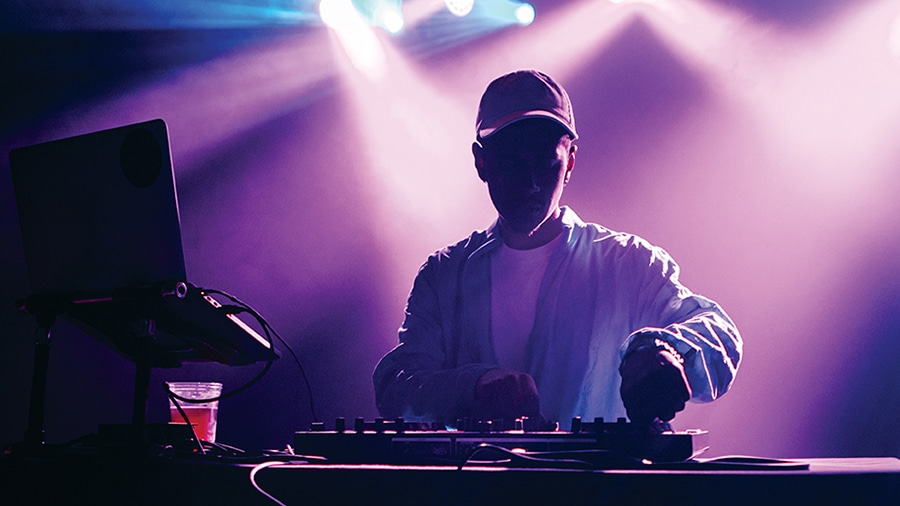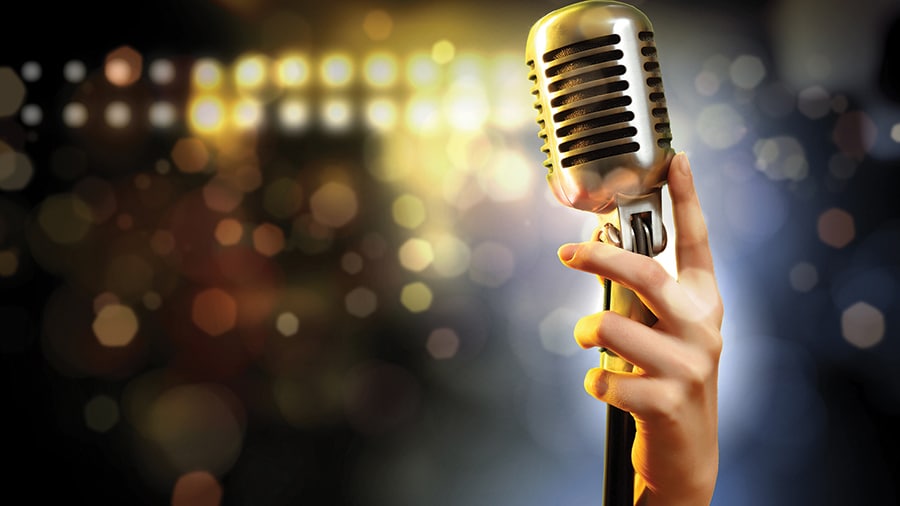As winter has taken full force in northern Japan, I recommend taking a long and soothing dip into some natural hot springs known as onsens located throughout the country. It may make you feel uneasy at first, but once you take your first soak, you will be coming back for more. By far, it is one of the most relaxing experiences I have ever had, and it is an opportunity to take part in a deeply-rooted Japanese tradition that even some of the locals do habitually. One of the biggest drawbacks I faced was being in any form of undress around strangers. I highly recommend conquering those fears, pushing out that anxiety and taking that plunge. Before you can leave your clothes and your inhibitions behind, there are a few rules that need to be followed.
Gaining Entrance
Depending on the onsen that you go to, you will either pay at the front counter or you will need to purchase a token from a vending machine found in the lobby. This is the point when you will remove your shoes and place them in nearby cubbies. If you ever see a raised portion of the floor as soon as you enter, that is your queue to leave your shoes behind. With token in hand, head to the front counter to drop them off with the receptionist. Bathhouses rarely provide complementary towels, but you are welcome to bring a small modesty towel to walk around with and help clean yourself. If you ever forget a towel most onsens have them available for purchase at this counter. Next you will see a red or blue sign that lets you enter the locker room and then the baths. The blue sign indicates “male” while the red sign indicates “female.” Many onsens ban tattoos, but you can easily find baths that do not have this rule. Always do your research before heading out to onsens especially if you are heading to an unfamiliar location.
Dress Down
Before you can enter any baths, you will be given a chance to store all of your belongings in the locker area. Do not take your phone or camera inside the bathing area unless you want to be kicked out or worse. Just remember that the undressing portion will be the most awkward portion of the entire experience. Once you get past this stage, it is smooth sailing from here and the relaxation can begin. Most onsens are divided up by gender, but you can find onsens with private rooms for you and your significant other or family. There are rare onsens where men and women soak together called konyoku, however, the rules change. Women are given modesty towels to cover themselves while the typical nude onsen rule applies to men. These types of baths are a dying breed but can be found in the countryside or even more remote areas. Once you have finished in the locker room, you may enter the bathing and pool/hot spring area.
Bathe
Washing oneself is mandatory before entering any of the pools. The western tradition of sitting in the same water that you bathe in is considered unclean. In a traditional Japanese household each member showers separately before getting into the tub to soak. After stripping down past your skivvies, you will bathe in the designated area with soaps provided or you are welcome to bring your own. These stalls will also have a shower head, faucet, plastic seat, and a washing bucket. Fill up the basin with your preferred temperature of water and scrub your body from head to toe. Use shampoo and soap to clean all of the nook and crannies. Once you are thoroughly soaped up, rinse off completely. After you are finished, rinse off your stool and pack any of your personal belongings. There should be places right above your stall to keep your toiletries in. For those with long hair, tie it high to keep it from entering the water in the baths.
Relax
Now that you are ready for the baths, take note that there are a variety of options. Check to see if your onsen has an outdoor area and a sauna for additional benefits. If you go during winter, these outdoor baths can be the most relaxing with your bare skin bracing the cold while soaking in an extremely hot bath. For first-timers, onsen water can be extremely hot, and it may take you by surprise. I was only able to soak for a little less than an hour the first time I visited. Remember, if you are feeling faint or uncomfortably warm, it is best to remove yourself from the baths and use a bucket of cool water to level out your temperature. Most onsens have a cold bath that can be used.
Benefits
The mineral-rich waters of onsens have been known to help recover sore muscles, stress, hypertension, skin irritations and even headaches. The health benefits are rooted in Shinto and Buddhism beliefs that the waters of the hot springs are able to cleanse your body and soul.
I highly encourage you to visit as many onsens as you can as it is one of the best ways to relax and enjoy peace and quiet.



